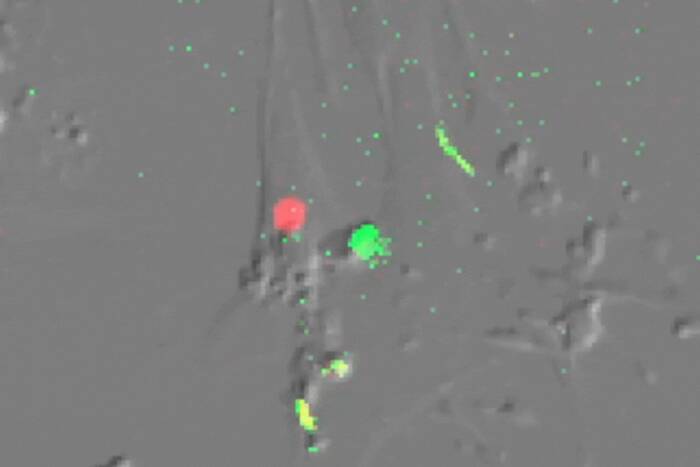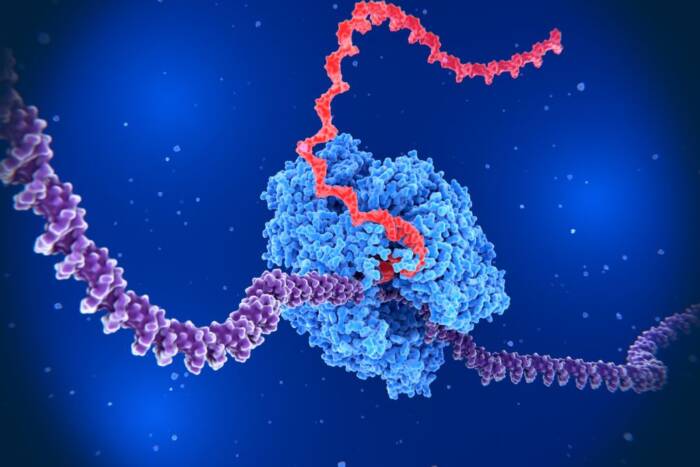New genetic sequencing technique reveals possible genetic protection from heroin addiction
Sometimes, when it comes to genetics, the smallest changes can make the biggest differences. New research from the laboratory of Mary Jeanne Kreek at Rockefeller University uses a novel sequencing approach to show that even very tiny differences within genes may help protect someone from heroin addiction, and perhaps addiction disorders in general.
Each person is unique, down to his or her genes. Small differences, called single nucleotide polymorphisms, where a single base is changed, can cause large differences in how much a certain gene is expressed, the stability of a gene’s product, or the structure of the resulting protein.
Kreek and colleagues were interested in whether different polymorphisms in the serotonin receptor HRT1B, which is already known to play a role in alcoholism and cocaine addiction, could also have an affect on heroin addiction. They sampled former heroin addicts from four different ethnic backgrounds — Caucasian, Asian, Hispanic and African-American — to look for single polymorphisms, or combinations of them, at 16 different places in the HRT1B receptor. When all of the polymorphisms of a gene are known, this is a person’s haplotype.
Traditionally, scientists, including Rockefeller’s Jurg Ott, a co-author on the paper, use statistics to predict multiple polymorphisms within a single gene: based on the frequency with which each single polymorphism occurs, they can calculate how often various combinations are found together. There are molecular methods to directly sequence the genes, but they are expensive and time consuming. The method developed in Kreek’s lab is based on the PCR reaction, where an enzyme reaction can be used to amplify very small amounts of DNA, to sequence haplotypes. Comparing the results with statistical analysis done in Ott’s lab, the protocol was proven to be not only reliable and cost-effective, but extremely fast, allowing scientists to process as many as 1,000 samples a day, 50 times the amount possible using other molecular methods.
“When you can actually sequence, and measure, something physically, it is potentially more meaningful than statistical measurements,” says Dimitri Proudnikov, a postdoc in the Kreek lab, who was responsible for the new technique.
Using the new protocol, Kreek and colleagues found that one polymorphism in particular offers protection against heroin addiction in Caucasians. They also noticed that a majority of the heroin addicts in the study had also been diagnosed with alcoholism and other drug dependencies.
“While polymorphisms in serotonin receptors have been studied in association with alcoholism, suicide, and major depression, no studies had been done on their associations with heroin addiction,” says Kreek. “In addition, many of those studies only looked at one, out of 16, known polymorphisms. Our new technique opens up the door to study the effects of haplotype on these conditions, in a way that was not available before, and with the help of Professor Ott, we can determine which approach is better to use in different situations.”
Pharmacogenetics and Genomics 16(1): 25-36 (December 2005)(opens in new window)


